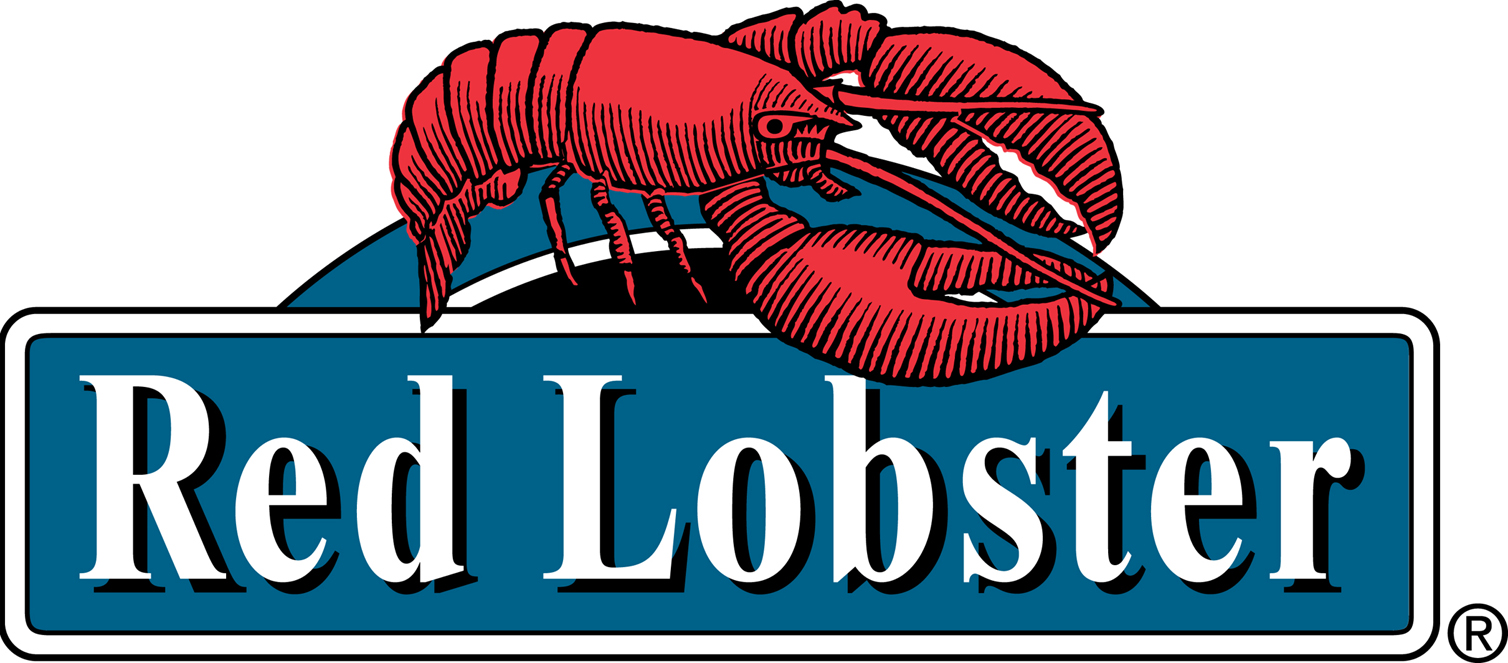Once a staple of American casual dining, Red Lobster faced dire straits by mid-2024. Burdened with unsustainable promotions, overhead, and shifting consumer habits, the seafood chain filed for Chapter 11 bankruptcy. Yet today, under the leadership of a new, visionary CEO, it’s mounting an impressive comeback. Here’s how Red Lobster is returning to relevance.
1. From Bankruptcy to Bold Reset
In May 2024, Red Lobster filed for Chapter 11 after closing nearly 100 restaurants and grappling with over $1 billion in debt. The company’s overextended leased footprint and an ill-fated “Unlimited Shrimp” promotion—which lost an estimated $11–12.5 million in Q3 and Q4 2023—were central to its financial woes WikipediaSouthern Living.
By September 2024, backed by lenders and investors including Fortress Investment Group, Red Lobster emerged from bankruptcy under new ownership—RL Investor Holdings—and appointed Damola Adamolekun, formerly CEO of P.F. Chang’s, at just 36 years old Wikipedia+1Business Insider.
2. Strategic Menu Overhaul and Value Rebalance
Immediately, Adamolekun pivoted the brand away from high-traffic but cash-draining offers. The “Ultimate Endless Shrimp” deal was phased out and replaced with customizable value menus like the “Create Your Own Ultimate Feast,” offering better margins and guest satisfaction The SunBusiness InsiderAInvest.
The new menu, launched in late 2024, brought back beloved items like hush puppies and popcorn shrimp—responses to strong consumer feedback—while retaining signature staples, such as Cheddar Bay Biscuits The Sun.
Red Lobster also introduced affordable new options—“Shrimp Your Way” (around $16.99), lobster rolls under $20, and multi-course shrimp meals around $19.99—addressing budget-conscious diners without compromising perceived value Business InsiderThe Sun.
3. Revitalizing Hospitality: The “Red Carpet” Experience
Red Lobster’s turnaround isn’t just about food—it’s about experience. The chain implemented the “Red Carpet Hospitality” model, centered on a simple yet effective 10-4 Rule: acknowledge guests within 10 feet and engage with them within 4 feet Business InsiderHospitality Technology.
These small changes—paired with ambiance enhancements like improved music, market pricing displays, and updated table liners—elevate the in-restaurant experience without the cost of nationwide remodels Business InsiderAInvest.
4. Data-Driven Innovation and Modernization
Behind the scenes, Red Lobster has embraced modernization. Menu simplification—curbing offerings by around 20%—streamlined operations and reduced kitchen complexity AInvest.
Tech upgrades, including newer POS and kitchen systems and digital ordering development (notably via Olo’s AI-driven feedback tools), improved kitchen efficiency, reduced food waste, and allowed responsive menu adjustments based on real-time sentiment and demand AInvest.
5. Financial Discipline and Strategic Investments
Red Lobster backed its operational changes with calculated investments. It closed roughly 100 underperforming locations and committed to over $60 million in modernization and branding efforts, including rebranding campaigns, signage, and minor refurbishments AInvestThe SunBusiness Insider.
Moreover, the company invested in sustainable seafood sourcing—wild-caught lobster and crab from U.S. and Canada—and allocated $60 million towards long-term quality and sustainability initiatives AInvest.
These steps, combined with cost controls and prudent positioning, aim to bolster EBITDA by 43% by 2027 AInvest. The chain now operates about 545 U.S. locations, down from a higher number before restructuring WikipediaThe Sun.
6. Cultivating Buzz and Cultural Relevance
Red Lobster’s revival isn’t confined to operational shifts—it’s also cultural. A summer filled with viral TikToks, creative promotions, and strategic PR has brought the chain back into the public conversation. Lori Cherry, Red Lobster’s PR director, credits this media momentum and authentic branding for revitalizing the omnipresence of the brand wwwPRsay – The Voice of Public Relations.
Consumers have responded well, with satisfaction scores reportedly rising significantly—from around 30 to 60—reflecting effective brand repositioning AInvest.


